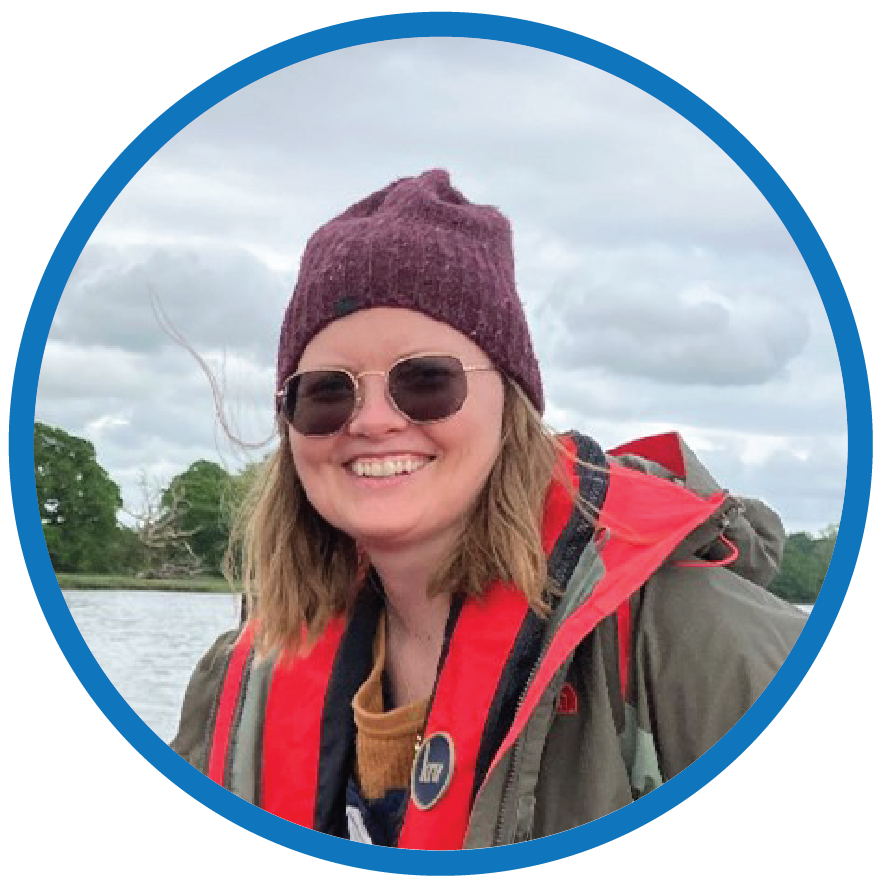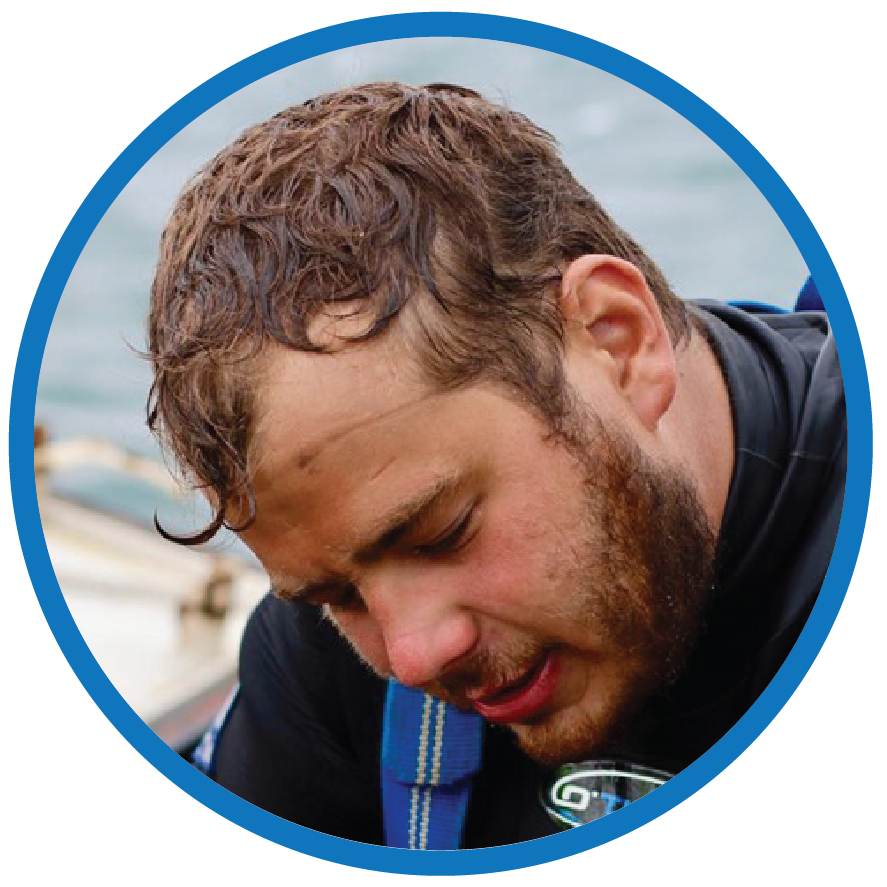TUTORIAL 5 INTRO: Identifying Wrecks of the Deep
The Black Sea Maritime Archaeological Project (BSMAP) was an ambitious exploration of sea level rise in the Black Sea by the University of Southampton’s Centre for Maritime Archaeology. Offshore explorations brought together an interdisciplinary team specialised in the use of advanced seafloor mapping equipment and the generation and analysis of high-resolution digital models. During their investigations, geophysical data was collected over a large area along the Bulgarian coast, characterised on the fly and investigated by ROVs. This led to the discovery of 65 previously unknown shipwrecks from various historical periods. According to UNESCO, there are an estimated 3 million shipwrecks on the ocean floor, each offering a unique glimpse into past lives and societies. Digital replicas of these shipwrecks made by BSMAP team members bring to the surface but a small glimpse of the vast and exciting record of underwater cultural heritage that awaits to be discovered.
This tutorial will delve into the archaeological investigations of the BSMAP team. From the characterisation and interpretation of side scan sonar and bathymetric data, to the identification and investigation of seafloor features with an ROV, participants will have the opportunity to explore digital and hands-on data that showcase the use of state-of-the-art robotics in maritime archaeology. The features found within these datasets will be presented through an exploration of their digital twins, and participants will have the opportunity to explore thesediscoveries further through a virtual experience.

